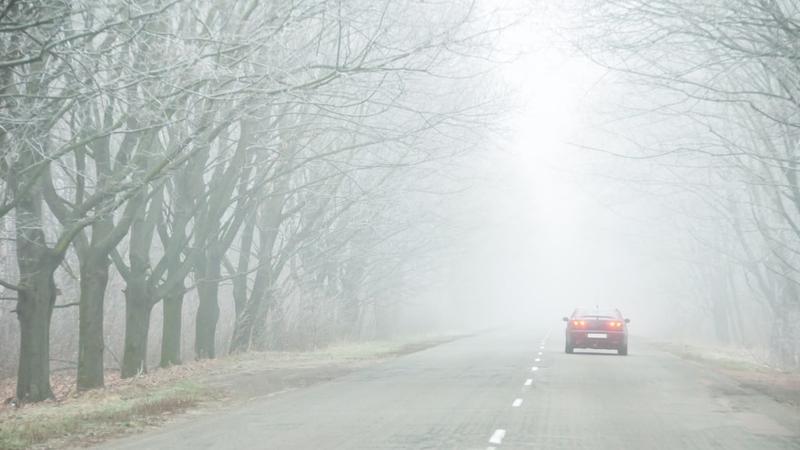- Someone is always at fault for a collision, even if the weather is a factor.
- Use your low beam headlights – not your high beams – when it’s foggy.
- Slow down and drive to the weather conditions.
Driving in the fog can be stressful. It can unnerve even the most experienced drivers. And at this time of year, when the seasons are actively battling it out for control, running into a blanket of fog on some days is unavoidable.
The thing with fog is it can be dangerous to drive in but delaying your trip until the fog clears isn’t always possible. As winter turns into spring, staying safe on the roads means making adjustments to your driving that accounts for the reduced visibility that comes with fog. Failing to do so could result in a collision for which you’re found to be at fault for causing.
It’s a common auto insurance myth if a collision happens as a result of inclement weather, no one is at fault. That isn’t necessarily true. You’re expected to take safety precautions when driving in foul weather conditions. If you are unable to stop safely in time to avoid a collision, for example, then you may be partly at fault -- if not entirely at fault -- for the resulting crash. Your following distance should allow enough time to avoid an accident, and failing to do so could increase in your auto insurance premium.
Driving safely in fog
- Slow down and drive at a suitable speed, not the posted limit. The posted limit is for times when conditions are ideal, not when it’s foggy.
- If the fog appears to be lifting, don’t suddenly speed up to catch up because you may find yourself back in thick fog in the blink of an eye.
- Make sure your vehicle's whole lighting system is on so you can see better ahead of you, and those behind you can see you too.
- Use your low beam headlights, not your high beams. High beams reflect off the fog’s mist, making it harder to see.
- If you have fog lights on your vehicle, use them too.
- Keep an eye on your speedometer because fog can hide how fast you’re travelling.
- Do not change lanes or pass other vehicles.
- Use the pavement markings on the right edge of the road as a guide.
- Increase your following distance. In foul weather, it’s recommended that you double the two-second rule. That means a four-second interval from the time the car in front of you passes a fixed object until you reach the same object.
- Keep your radio down low or off so you can listen for any hazards that may be ahead.
- Don’t drive distracted. Your full attention, as always, is required.
- Skip using your vehicle’s cruise control. You should be in complete control when conditions are less than ideal.
- Keep your windows and mirrors clean. Use your defroster and wipers to maximize your field of vision. Top up your windshield wiper fluid before heading out.
If the fog is too much or conditions worsen, pull off to the side of the road to wait it out. It’s safest to pull over into a service centre or parking lot, if possible. Never stop on the road. Turn on your hazards and keep your lighting system on as well.
